Some midweek reading material…

 [Images: Muons beneath the Alps; via and via].
[Images: Muons beneath the Alps; via and via].
I’m pretty much obsessed with muons—subatomic particles that have been used to map the interiors of archaeological ruins—so I was interested to see that muons have now also been put to work mapping the bedrock beneath glaciers in the Swiss Alps. It is the “first application of the technique in glacial geology,” Eos reports. Even better, it uses underground railway infrastructure—the Jungfrau rail tunnel—as part of its experimental apparatus.
 [Image: Mountain, written by Robert Macfarlane].
[Image: Mountain, written by Robert Macfarlane].
Robert Macfarlane has written a movie called Mountain, narrated by Willem Defoe. Macfarlane also recently joined Twitter, where he has rapidly accumulated nearly 28,000 followers.
The world’s sand is running out—indeed, “it’s scarcer than you think,” David Owen writes for The New Yorker. As highlighted on Twitter by @lowlowtide, the piece includes this great line: “The problems start when people begin to think of mutable landforms as permanent property.” Sand, and the peculiar economies that value it, has gotten quite a bit of attention over the past few years; among other coverage, a long feature in Wired two years ago is worth checking out.
Researchers at Penn State have figured out a way to generate electricity from the chemical mixing point where freshwater rivers reach the sea. “‘The goal of this technology is to generate electricity from where the rivers meet the ocean,’ said Christopher Gorski, assistant professor in environmental engineering at Penn State. ‘It’s based on the difference in the salt concentrations between the two water sources.’”
Hawaii is experiencing an unusually intense barrage of high tides, known as “king tides.” “For the people of Hawaii, alarm bells are ringing,” Adrienne LaFrance writes for The Atlantic. “King tides like this aren’t just a historic anomaly; they’re a sign of what’s to come… Scientists believe Hawaii could experience a sea-level increase of three feet by the year 2100, which is in line with global predictions of sea-level change and which would substantially reshape life on the Islands. That’s part of why scientists are enlisting volunteers to help photograph and describe incremental high tides across Hawaii.” Read more at The Atlantic.
 [Image: Courtesy Places Journal/Zach Mortice].
[Image: Courtesy Places Journal/Zach Mortice].
Over at Places, landscape architect Zach Mortice takes a long look at what he calls “perpetual neglect” and the challenge of historic preservation in African-American burial grounds. Badly maintained—and, in some cases, almost entirely erased—black cemeteries reveal “that the racism and inequality that plague African Americans in life are perpetuated in death,” Mortice suggests. This is “nothing less than a preservation crisis for black burial grounds across the country.”
I recently discovered the existence of something called Betonamit. Betonamit is a “non-explosive cracking agent,” essentially a “non-toxic” powder that can be used for the slow-motion demolition of buildings and geological forms. “When mixed with water and poured into holes 1 1/4″, 1 3/8″ or 1 1/2″ diameter, it hardens and expands, exerting pressures of 12,000 psi. Reinforced concrete, boulders, and ledge[s] are fractured overnight with no noise, vibration, or flyrock.” I’m imagining a truck full of this stuff overturning on a crack-laden bridge somewhere, just an hour before a rainstorm begins, or a storage yard filled with crates of this stuff being ripped apart in the summer wind; a seemingly innocuous grey powder drifts out across an entire neighborhood for the next few hours, settling down into cracks on brick rooftops and stone facades, in sidewalks and roadbeds. Then the rains begin. The city crumbles. Weaponized demolition powder.
In any case, I actually stumbled upon Betonamit after reading a few blog posts on that company’s in-house blog. Atlas Preservation has a handful of interesting short articles up documenting their preservation work, including what might be the oldest gravestone in the United States and the challenges of open-air cemetery preservation. Let’s hope no one goes wandering amongst the tombs with a bucket of Betonamit…
The BBC went into horror-movie mode earlier this month, asking, “what would happen if we were suddenly exposed to deadly bacteria and viruses that have been absent for thousands of years, or that we have never met before? We may be about to find out. Climate change is melting permafrost soils that have been frozen for thousands of years, and as the soils melt they are releasing ancient viruses and bacteria that, having lain dormant, are springing back to life.” The headline is straight-forward enough, I suppose: “There are diseases hidden in ice, and they are waking up.”


 [Images: Courtesy Waxwork Records].
[Images: Courtesy Waxwork Records].
Fans of John Carpenter’s (excellent) 1982 film The Thing might be interested to hear that the original score has been remastered and released on vinyl. The final product is visually gorgeous—and temporarily sold out. Keep your ears peeled for further pressings.
A retired F.B.I. investigator has newly dedicated himself to tracking down lost apple varietals of the Pacific Northwest. They are not extinct; they have simply disappeared into the background, both ecologically and historically. They are trees that have “faded into woods, or were absorbed by parks or other public lands,” but the apples that grow from them can still be enjoyed and cultivated.
If you are interested in apples and their history, meanwhile, don’t miss the late Roger Deakin’s superb book, Wildwood: A Journey Through Trees.

 [Images: Courtesy Public Domain Review].
[Images: Courtesy Public Domain Review].
Blending into the natural landscape is the subject of a fascinating piece over at Public Domain Review about the early wildlife photographers, Richard and Cherry Kearton. In order not to scare away their subject matter, the Keartons constructed artificial trees, put on short, deliberately misleading performative displays for wildlife, and carved masks that would help camouflage them against the woodlands.
There’s more—always more!—to link to and read, but I’ll leave it at that. For other, ongoing links, I am also on Twitter.

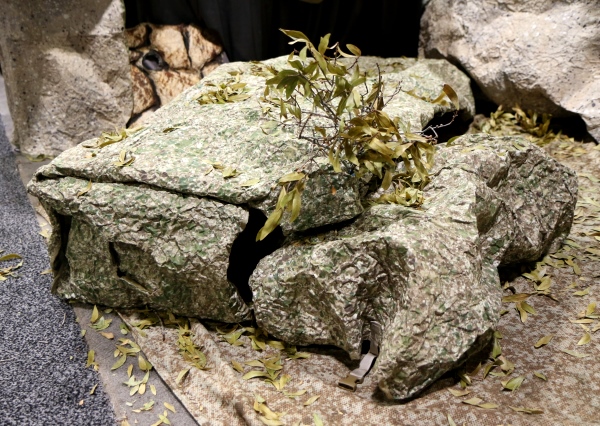 [Image: Sewn geology; photo by Matthew Cox of
[Image: Sewn geology; photo by Matthew Cox of 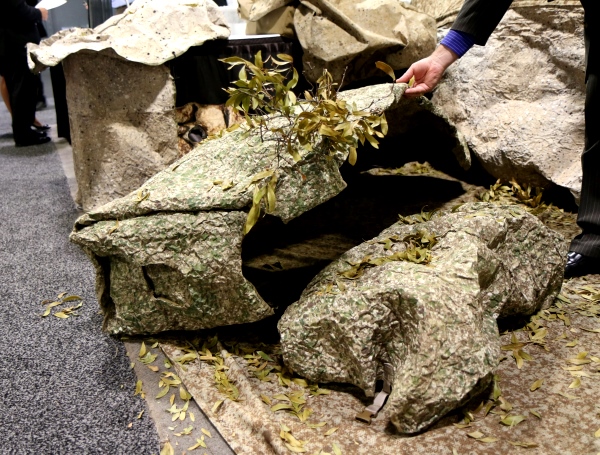 [Image: Lifting up fake rocks; photo by Matthew Cox of
[Image: Lifting up fake rocks; photo by Matthew Cox of 
 [Image: Disguised infrastructure; photo by BLDGBLOG].
[Image: Disguised infrastructure; photo by BLDGBLOG]. [Image: The door to the underworld; photo by BLDGBLOG].
[Image: The door to the underworld; photo by BLDGBLOG]. [Image: Disguised infrastructure; photo by BLDGBLOG].
[Image: Disguised infrastructure; photo by BLDGBLOG].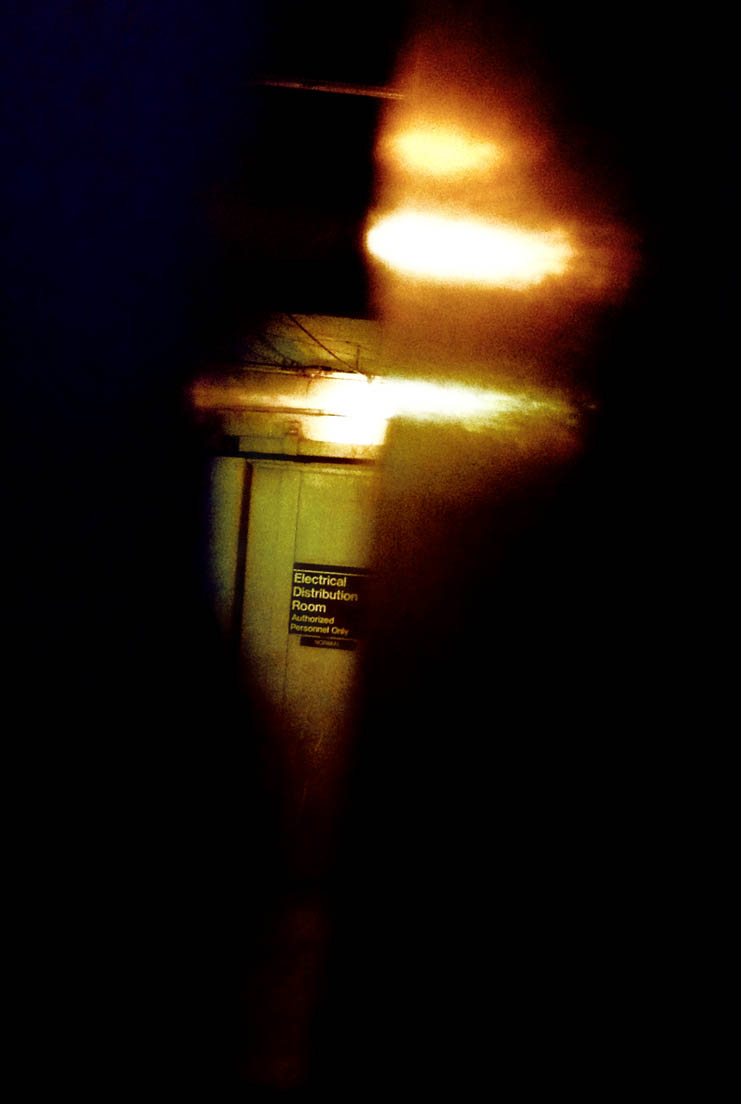 [Image: A view through the front door of 58 Joralemon Street; photo by BLDGBLOG].
[Image: A view through the front door of 58 Joralemon Street; photo by BLDGBLOG].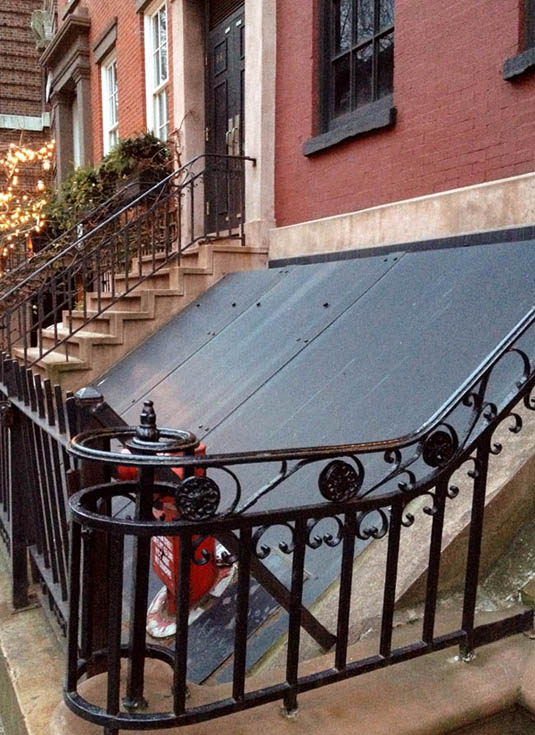 [Image: Photo by BLDGBLOG].
[Image: Photo by BLDGBLOG].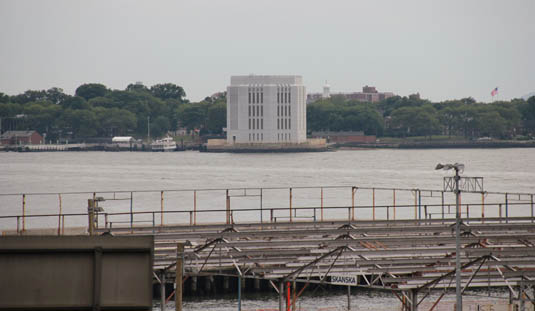
 [Image: Two views of the tunnel vent on Governors Island; photos by BLDGBLOG].
[Image: Two views of the tunnel vent on Governors Island; photos by BLDGBLOG].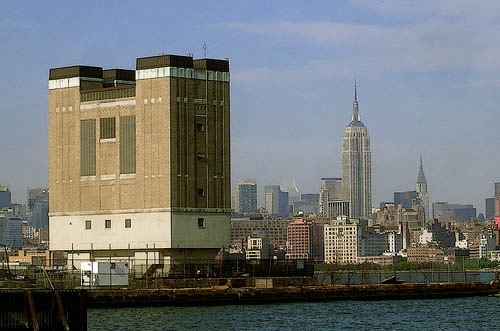 [Image: Holland Tunnel exhaust tower; photo via
[Image: Holland Tunnel exhaust tower; photo via  [Image: The Holland Tunnel Land Ventilation Building, courtesy of
[Image: The Holland Tunnel Land Ventilation Building, courtesy of 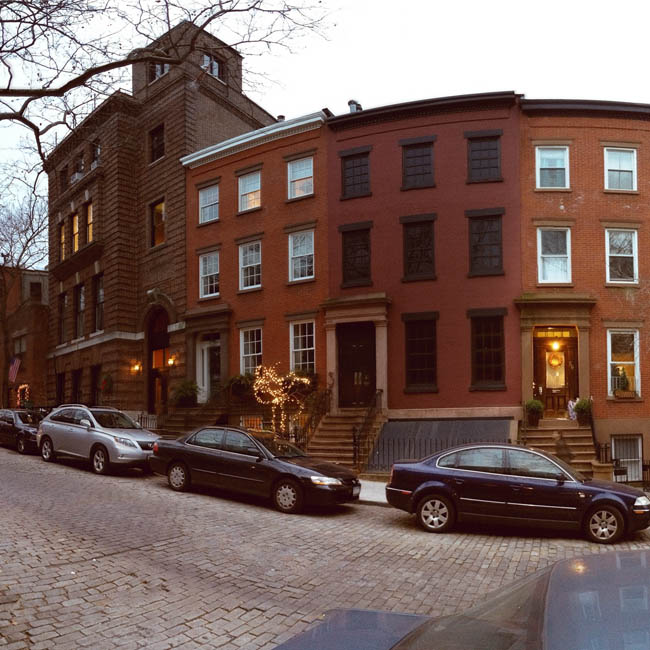 [Image: The house on Joralemon Street; photo by BLDGBLOG].
[Image: The house on Joralemon Street; photo by BLDGBLOG].